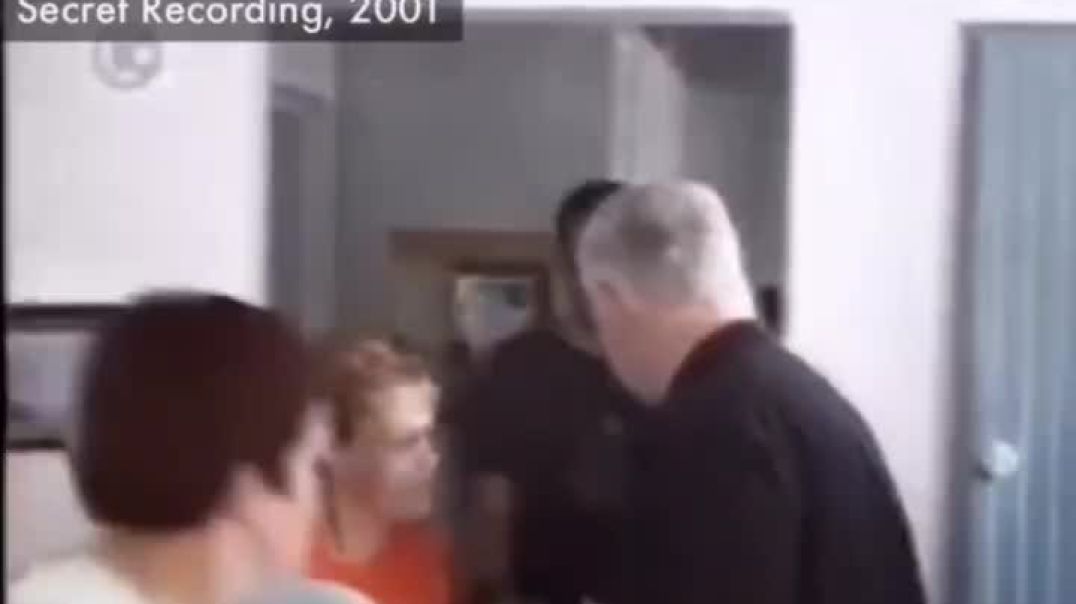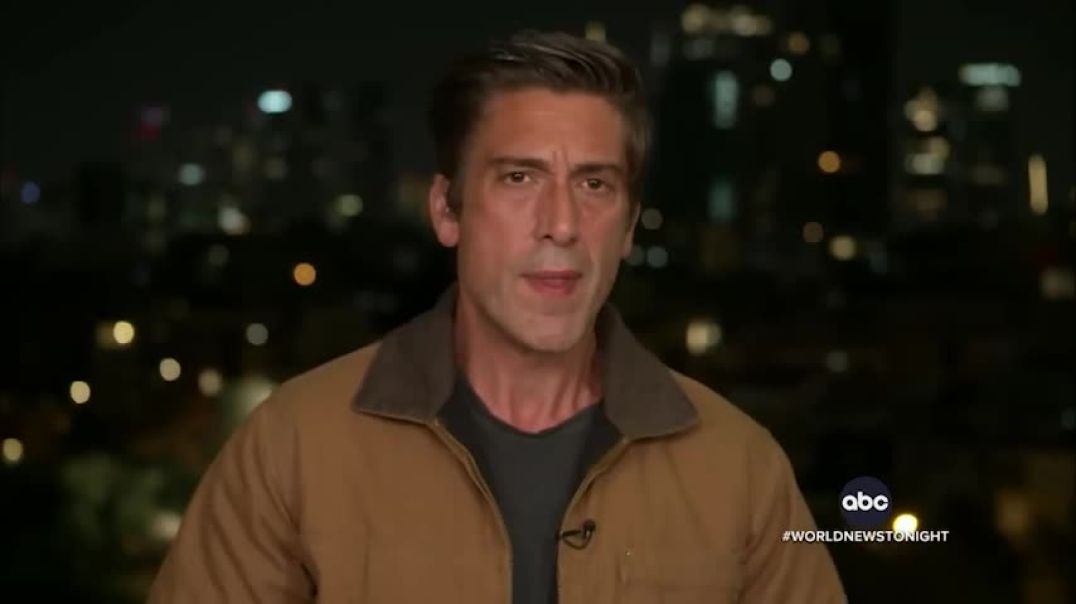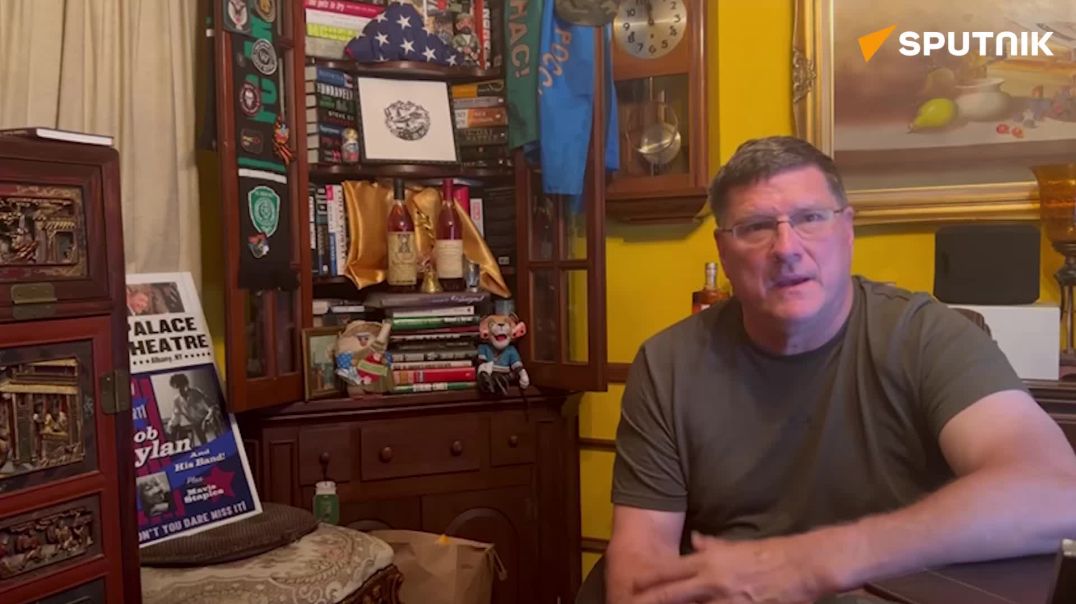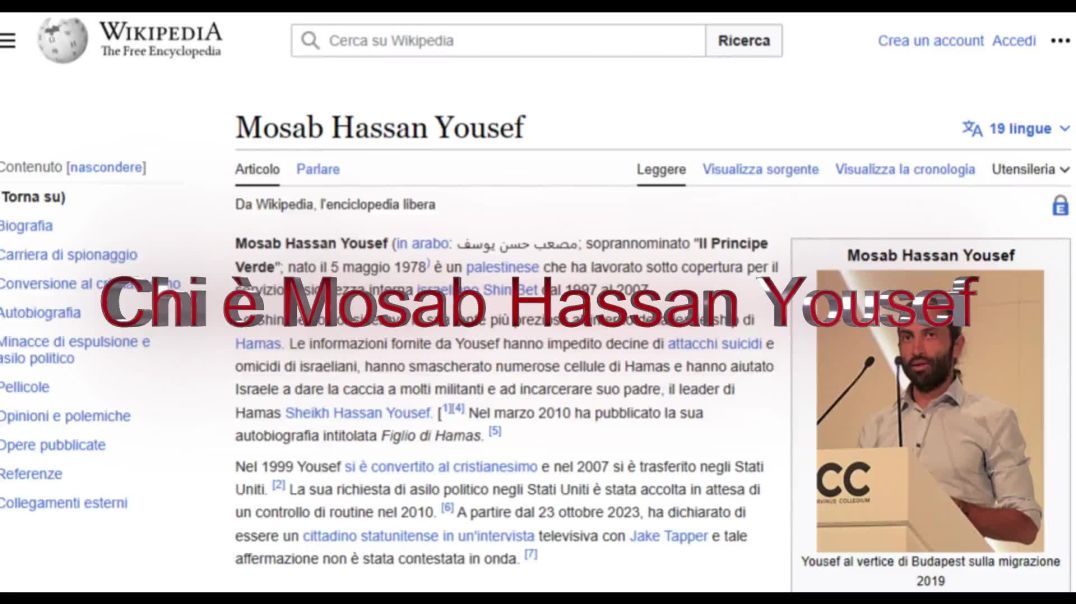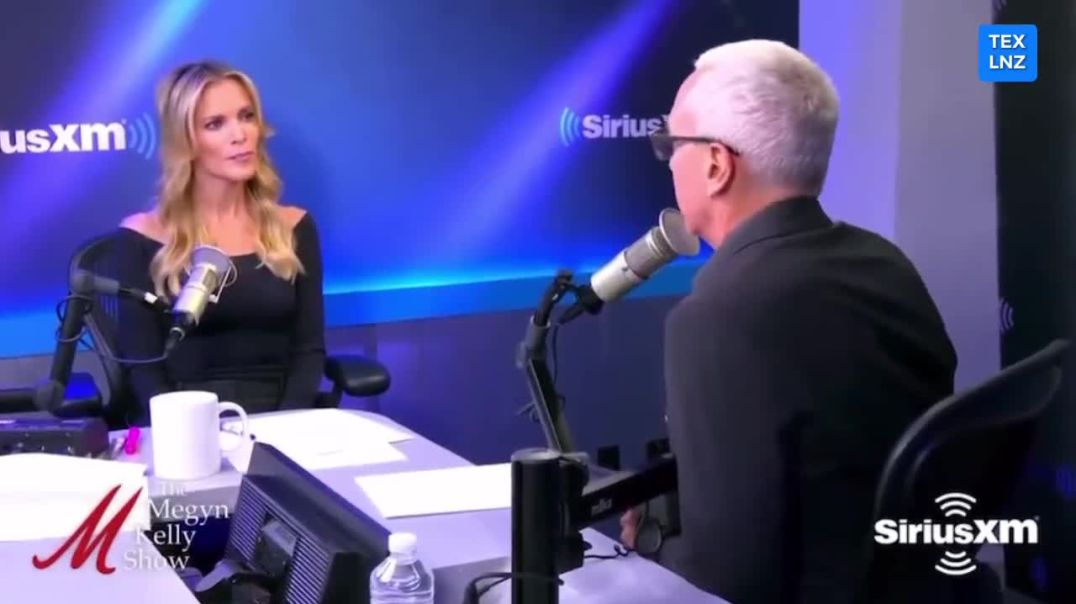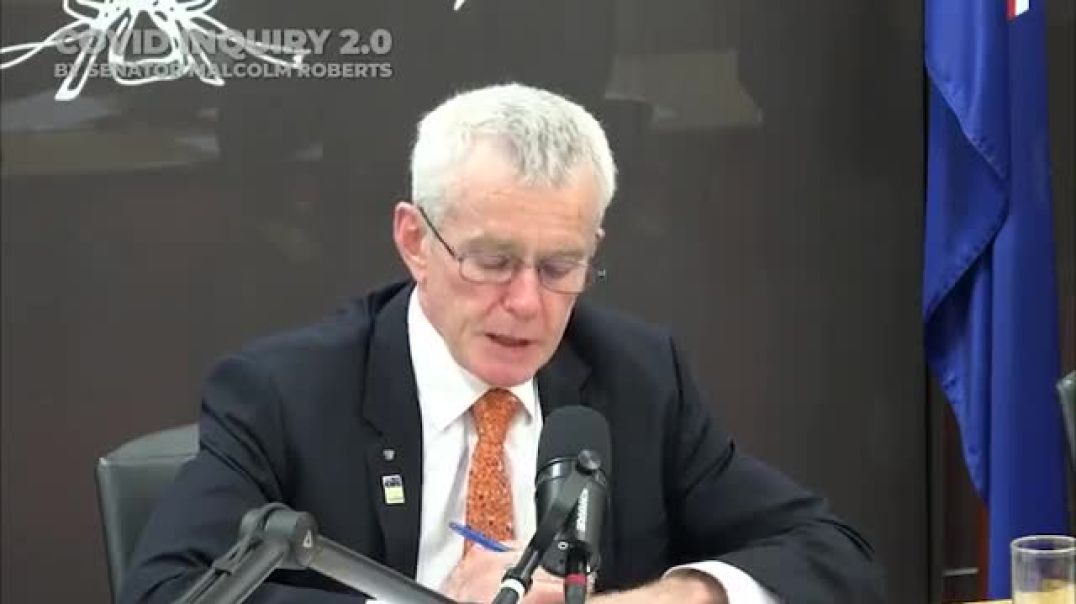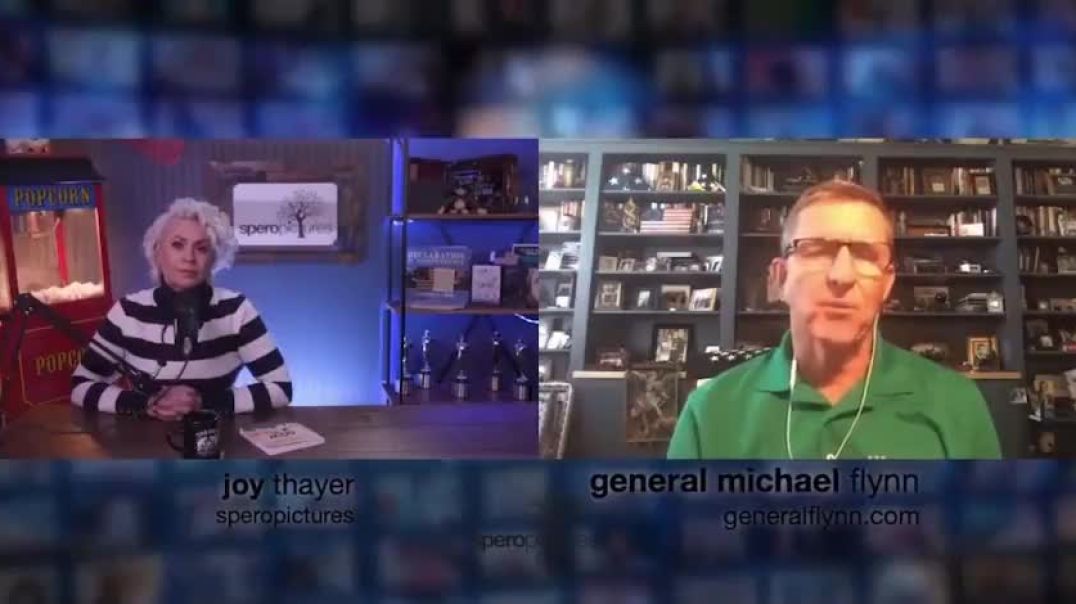Latest videos
Apartment Video 1
Anti-Zionist' Jewish rabbi calls for peace:
- We want to live in peace with Palestinian neighbours." Ultra-Orthodox Jews have rallied in support of Palestinians despite saying they face hostility and physical attacks for their anti-Israel stance.
Anti-Zionism is Not the Same as Anti-Semitism: Activist and Academic Sai Englert Explains Why Confla
Anti-Zionism is not the same as Anti-Semitism:
- Activist and academic Sai Englert explains why conflating Anti-Zionism with Anti-Semitism is "problematic".
A recording of Netanyahu visiting a family of settlers in the occupied territories in 2001 exposing his plans for Palestian lands:
- They asked me before the election if I'd honor the Oslo Accords. I said I would, but I'm going to interperet the Accords in such a way that will allow me to put an end to this galloping forward to the '67 borders. How did we do it? Making the entire Jordan Valley a defined military zone.
Banks are Blocking Transfers and Cash Withdrawals, Making It Very Difficult to Access Your Own Money
WATCH: Banks are blocking transfers and cash withdrawals, making it very difficult to access your own money in Australia.
Why are These Teens, Whose Parents Were Supposedly Just Killed by Hamas, Unsuccessfully Attempting t
WATCH: Why are these teens, whose parents were supposedly just killed by Hamas, unsuccessfully attempting to hold back laughter in these MSM "news" reports?
WATCH: How Israeli Intelligence Controls Western Influencers
Scott Ritter, A Former United States Marine Corps Intelligence Officer, Commented on Russian Preside
Scott Ritter, a former United States Marine Corps intelligence officer, commented on Russian President Vladimir Putin's speech at the country's emergency Security Council meeting
▪ The analyst said that while Russia has made it clear that "it's right to be angry with the Israeli government, this anger cannot manifest itself into anti-Semitism and into blanket condemnation of Jewish people, as well the Jewish religion and Jewish faith."
▪ Ritter stressed that Russia "has always maintained a neutral stance when it comes to Israel and Palestine" and that Moscow "hopes to maintain that neutrality."
▪ Late last week, mass riots broke out at an airport in the city of Makhachkala, the capital of the Russian republic of Dagestan, after a passenger plane from Tel Aviv landed on October 29.
WARNING: DISTURBING FOOTAGE. The Horrific Impact of IDF Airstrikes on the Children of Gaza
The girl survived the attack on her home.
WARNING: DISTURBING FOOTAGE. The Horrific Impact of IDF Airstrikes on the Children of Gaza
Children are the most vulnerable and unprotected in this conflict. One of the girls in the video lost her sight, but at the time of filming, she did not yet understand it.
Mosab Hassan Yousef (in seguito Giuseppe) nacque a Ramallah, una città a 10 chilometri a nord di Gerusalemme. Suo padre, lo sceicco Hassan Yousef, era un leader di Hamas che ha trascorso molti anni nelle carceri israeliane. [2] [ È il maggiore di cinque fratelli e tre sorelle. Fonte: Mosab Hassan Yousef - Wikipedia
Mario Chisari è stato una tra i primi membri della chiesa evangelica nascente in Paternò (Sicilia) Contatto: eliseo.paterniti@alice.it
Altri social e canali: Facebook: https://www.facebook.com/profile.php?...
Telegramma: https://web.telegram.org/a/#-10017219...
Instagram: https://www.instagram.com/eliseopater...
Trhuth Social: https://truthsocial.com/@UCsZGjqQvtuL...
Trhuthbook: https://truthbook.social/EliseoPaterniti
TrhuthTube: https://truthtube.video/@EliseoPaterniti
YouTube: Da pugilista a figlio di Dio (Mario Chisari) - YouTube
Elderly Israelis Recalling and Laughing About Palestinians they Raped and Killed in Their Youth
JAB MYOCARDITIS AND YOUNG HEARTS RUINED FOR LIFE?!?
I and others are being attacked for sharing news “too soon” of celebrities who have died post jab.
You would think these people would be angry at big pharma and corrupt institutions who have caused untold numbers of injuries and deaths…
But no,
we are the bad guys for sharing the news and being insensitive?
Talk about next level Stockholm syndrome and trauma bonding.
wow.
Dr Drew: “New study reveals approximately half of the young males that got myocarditis had permanent heart damage...
..universities are going to be in big trouble for having mandated young people to get that vaccine.”
Israel claims that Gaza's Al-Shifa hospital functions as a command center for Hamas, while Norwegian physician Mads Gilbert, with 16 years of experience at Al-Shifa, says that there is "no evidence whatsoever" to support this claim.
“If it was a military command center, I would not work there.”
Australian Senator, Malcolm Roberts: The so-called "pandemic" was planned and globally co-ordinated, decades in advance.
"But we are going to hound you down, the people that are guilty. We are going to hound you down and hold you accountable... We will expose your global agenda."
Former U.S. Army General and National Security Adviser, Michael Flynn, Says That There are Members o
BREAKING: Former U.S. Army General and national security adviser, Michael Flynn, says that there are members of the House and Senate that are compromised by globalists who blackmailed them because they had sex with children.
WARNING: DISTURBING FOOTAGE. LIFELESS BODIES OF KID AND MAN Carried Through Streets of Gaza Strip on
⚠ WARNING: DISTURBING FOOTAGE
🇵🇸LIFELESS BODIES OF KID AND MAN (00:01) carried through streets of Gaza Strip on mattress as people grab whatever they can for frantic rescue efforts - burnt arm sticks out of rubble (00:14) after Israeli strikes butcher Palestinians and bring down entire buildings.
But hey they deserve it right ?
I mean after all they didn’t vote against Hamas, some of them.
And just because Israel has locked them in an open air prison and stolen their land and bombed them and shot them for decades, doesn’t mean they have any rights. I mean they are barbaric. They could grow up to throw pebbles at our prison wall we placed around them.
And just because Israel organised a false flag Hamas attack to murder their own people to then justify such terrorism and genocide on a massive scale, doesn’t mean we in the West should be disturbed by such footage.
We must still show our undying support for the criminal regime that hides behind Israel, and controls the US and all of us in the West -
As they are the masters - the chosen ones and apparently have a higher IQ then the rest of us mere mortals
Plus if you speak out we’ll destroy your career or pull business deals and even threaten people like Elon Musk re his starling for Gaza.
So please explain to your children it’s ok to mass murder all these women and children and babies as they are bad people.
Or pretend it’s not happening in our name.
They should be more grateful when we stole their land and put the wall up around them and bomb them often.
And just because we created Hamas not them, that’s ok .
As we need Hamas just like we created ISIS to make us the aggressors, look like innocent victims
I’m sure your kids will then understand why it’s ok to support this murder.
I’m sure also that for every 100-1000 innocent Palestinians murdered we must surely be killing at least 1 Hamas terrorists by bombing Gaza.
And don’t answer any questions about how is it some part time terrorists on dirt bikes were able to breach the most fortified and surveillanced wall on the planet in not 1 but 15 places simultaneously and somehow not be detected, and somehow speak perfect Hebrew with no accent ( just like our Mossad agents ) to enter Israeli bases and shoot dead Israelis. And how come despite having the strongest military in the world we didn’t bother for 6-7 hours using them, or tanks, or fighter jets or attack helicopters to stop the dirt bikes and paragliders .
I mean we say it’s in self defence to now be tough and bomb unarmed women and children to death and watch them bury their dead in mass graves and gloat how superior and strong we are military, but why were we so incompetent at self defence when it counted
As all these murders are justified by self defence correct ?
Where was our self defence when needed or did we allow or enable or co ordinate the Hamas attack to fool dumbed down westerners that we are the good guys, the victims.
We are the chosen ones, so we are above criticism, and we will even jail Israelis who dare protest. Actually our new law is we can shoot them dead.
Just like Israelis eye witness said it was us the IDF shooting dead innocent Israelis at the rave festival that we blamed Hamas for .
And how were some of Isreali soldiers shot dead at the border bases even before Hamas arrived
Don’t dare suggest that was our Mossad agents .
Just because they have been behind every major terrorist act or massacre since before you were born doesn’t mean they had anything to do with this.
We would never slaughter our own people for gain .
But didn’t you just pass a law you can shoot Israelis dead that protest against our tyrannical criminal regime?
You aren’t mean to know about that.
Go back to sleep . Watch more of the idiot box programming that we are the victims and you should only be scared of the Islamic terrorists as they hate us. Must be because we are the chosen ones not them.
In his speech tonight, Netanyahu quoted the bible saying: "You must remember what Amalek has done to you, says our Holy Bible"
This story is the following:
"Now go and smite Amalek, and utterly destroy all that they have, and spare them not; but slay both man and woman, infant and suckling, ox and sheep, camel and ass"
He is openly calling for genocide of Palestinians
50,000 Australians marched in Melbourne today in support of Palestine



